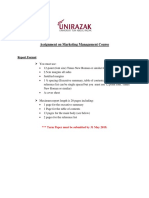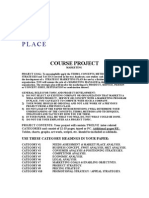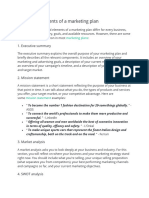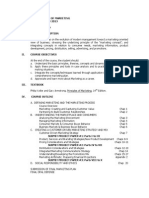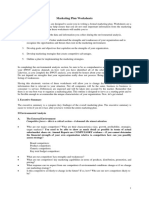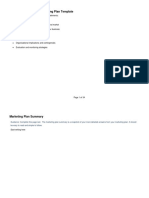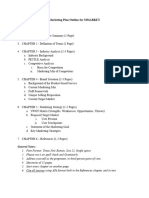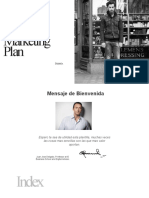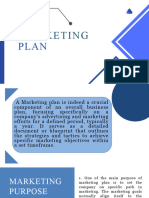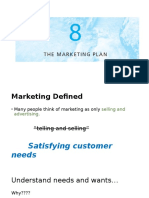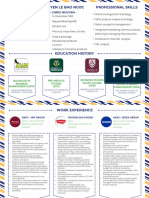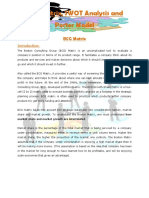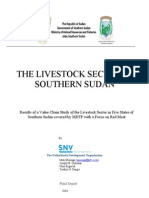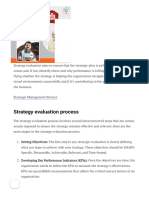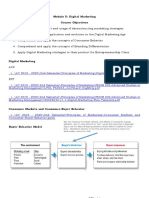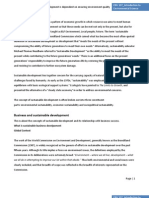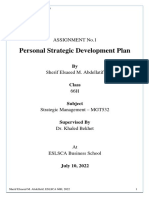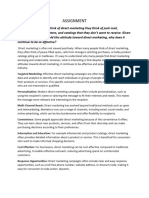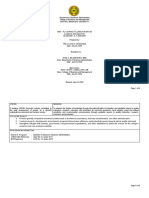0% found this document useful (0 votes)
22 views3 pagesProject Description
The document outlines the development of a marketing plan for the Lebanese skincare brand Beesline as it prepares to expand into the Chinese market, which presents significant opportunities and challenges. Chief Marketing Officer Hassan El Rifai must decide whether to adapt to local cultural norms or maintain a consistent global brand image. The assignment includes various sections such as situational analysis, market research, marketing objectives, and strategies to effectively enter and compete in the Chinese cosmetics market.
Uploaded by
m.salmanCopyright
© © All Rights Reserved
We take content rights seriously. If you suspect this is your content, claim it here.
Available Formats
Download as DOCX, PDF, TXT or read online on Scribd
0% found this document useful (0 votes)
22 views3 pagesProject Description
The document outlines the development of a marketing plan for the Lebanese skincare brand Beesline as it prepares to expand into the Chinese market, which presents significant opportunities and challenges. Chief Marketing Officer Hassan El Rifai must decide whether to adapt to local cultural norms or maintain a consistent global brand image. The assignment includes various sections such as situational analysis, market research, marketing objectives, and strategies to effectively enter and compete in the Chinese cosmetics market.
Uploaded by
m.salmanCopyright
© © All Rights Reserved
We take content rights seriously. If you suspect this is your content, claim it here.
Available Formats
Download as DOCX, PDF, TXT or read online on Scribd
/ 3


